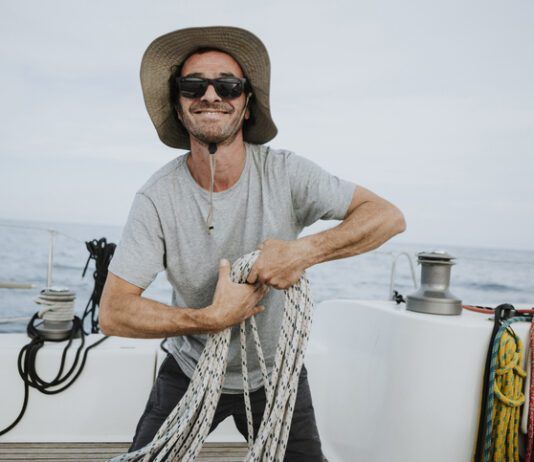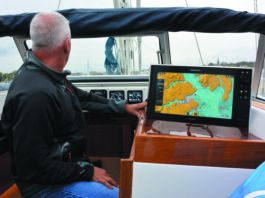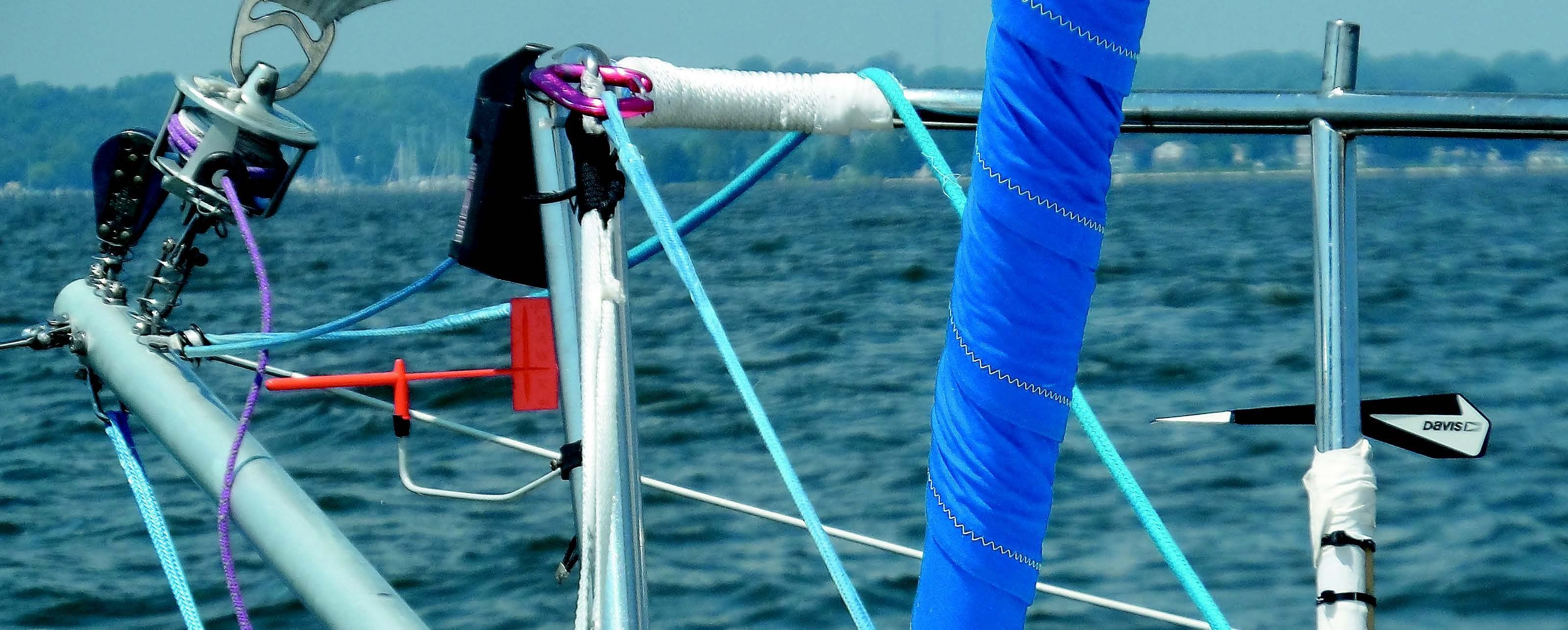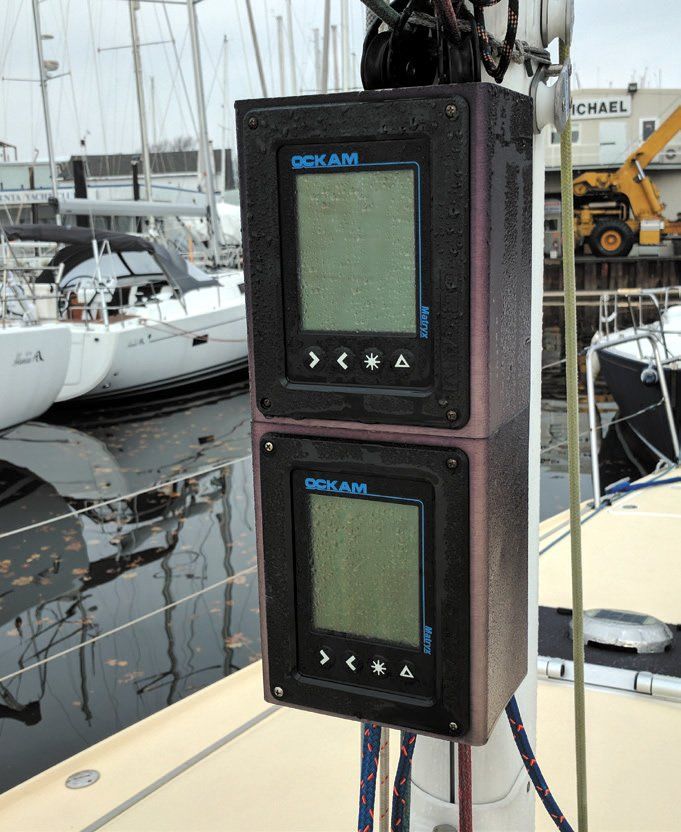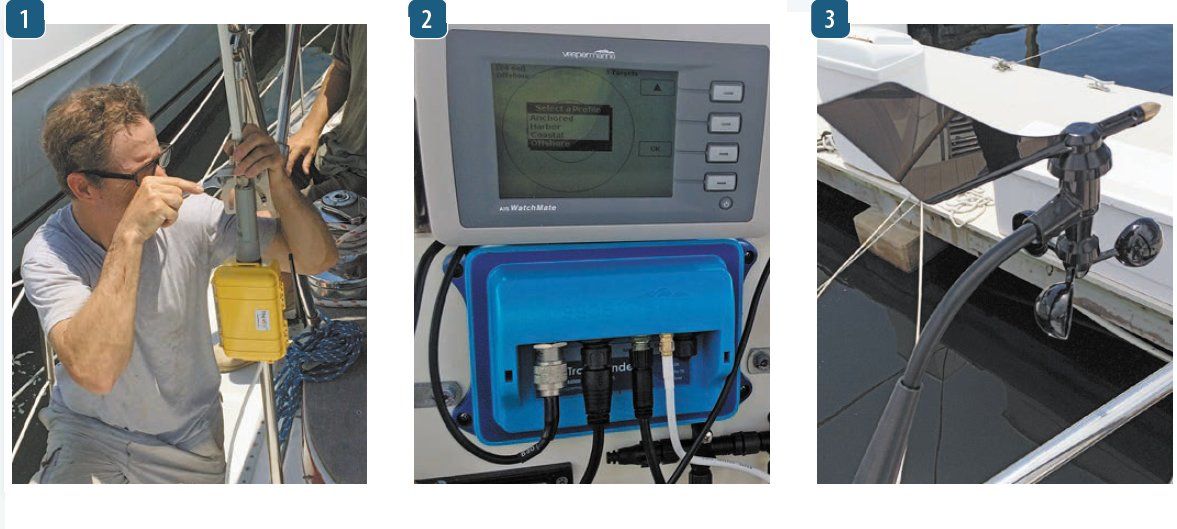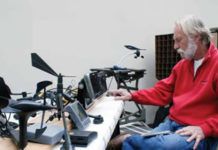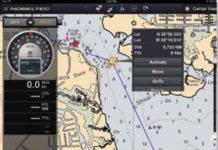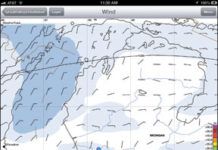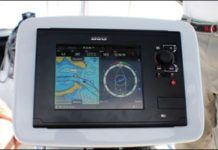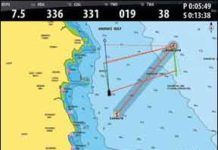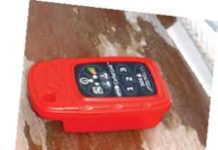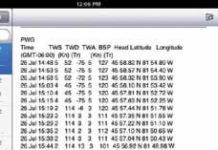Wind Sensor Testing
For better or for worse, the modern cruising sailor is becoming more like an airplane pilot. Safely ensconced out of the wind, the helmsman relies on instrumentation to provide him with information about our environment. Should he bear off for more speed, set the screecher, or tuck in a reef? Increasingly, were seeking these answers in digital display rather than strips of yarn in the rigging and the hair on the back of our neck.
Test Driving New Nobeltec TZ
Nobeltec, a marine-navigation software developer based in the U.S., recently released a new chartplotting app for the iPad: Nobeltec TZ. We took it for a weeklong test cruise and found it to be a good basic nav program with some significant strengths, and some notable shortcomings.
Updating Onboard Electronics with N2K
A sailboat is no place for unnecessary complexity, which was the direction PS contributor Dan Corcoran was headed on his Beneteau 393, when it came to how data was passed between various marine electronics. The worst offender was a spaghetti network of point-to-point wiring that utilized the familiar National Marine Electronics Association (NMEA) 0183 standard. A few years ago, he embarked on a gradual replacement of NMEA 0183 wiring and components with the new standard, NMEA 2000. Here he offers his account of the upgrade and answers the oft-asked refit question: Was it worth it?
Weather4D iPad App Review
As a followup to our April 2012 report on useful iPad apps for sailors, we recently sea-trialed the new Weather4D app, comparing it to the older WeatherTrack app. Both enable users to view GRIB weather files, but which one does it the best and which one offers the best value?
A Look at B&Gs New Zeus Touch
Sailing and tactical software has long been B&Gs strong suit. The Zeus Touch is the first time the Navico companys high-end racing software has been tweaked for mainstream use and bundled along with normal chartplotter and GPS functions. At first blush, it appears to be a dressed-up version of the Simrad NSS. The big difference between the two is the software. It uses the boats set sailing characteristics to calculate tacking or jibing points to most efficiently reach a given destination. Many of these functions are simple measurements that any skipper can predict or calculate using a paper chart and simple arithmetic, but the Zeus Touch delivers this information instantaneously and continuously, and removes the chance of human error.
The Fine Art of Sensing the Wind
The cheapest wind indicators are bestowed at birth: your nose, the back of your neck, and your fingers. Forget digital precision; these wind indicators are dialed in. They even sense changes in temperature that, in squally weather, can signal a sudden backing wind. Even the most sophisticated wind sensors can't compete with a direct skin-to-brain link. The next step up from our dermal cells is a bit of yarn in the shrouds-super light Angora wool, if youre a stickler. Here, the eyes intervene in the process, so the brain must do a bit more exercise. Well call this soft technology.
Satcom Moves a Little Closer to Affordable
A new generation of satellite phones is making it easier to stay connected. The latest Satcom devices not only provide the satellite tracking offered by the original SPOT device, but also offer communication via text and email messaging. The focus of this test series was pocket-sized, satellite-based communication for the cruising sailor-devices that provide one- or two-way communications and tracking via the Internet, and can also serve as a backup to conventional personal locator beacons. This report, the first in a series, focuses on the SPOT Connect and Briarteks Cerberus CerberLink devices.
PredictWind Satcom Reviews
When we reported on Matt Rutherfords solo, non-stop circumnavigation of the Americas aboard his Albin Vega 27, we noted that one of the few electronics that survived the voyage was an email/weather satellite communicator from New Zealand-based PredictWind. We considered this high praise for an electronic device and decided a Practical Sailor sea-trial was in order. PredictWind, primarily a weather-forecasting company, supplied us with its PredictWind Satellite Communicator and 3G Communicator. The Satellite Communicator will be of interest to long-distance sailors. It allows users to receive PredictWind weather forecasts by satellite email, and to send and receive short emails-similar to other Satcom devices like the Cerberus CerberLink. The 3G Communicator will appeal to near-coastal cruisers; it is basically a modem with a signal booster for 3G cell and data service, plus an onboard router.
Touchscreen plotter-sounder test: Simrad NSS7 vs. Raymarine e7D
Practical Sailor recently had the opportunity to take a long-term look at the Simrad NSS7 multi-function display from Navico, and we compared it to a similar unit from Raymarine, the e7D. The test focused on the same elements as our past reviews of the Garmin 740s and Ray e7D chartplotter-sounders: installation, screen visibility, environmental tests, and plotter and sounder functions.
Sailboat Design Conference Part I
Beyond the text and photos contained in a sailboat manufacturing company’s brochures, and the words of a dealer or salesperson, and absent an understanding of yacht design, discerning the actual capabilities of today’s production boats is a major task. Gone are the days of Herreschoff et. al., when the conventional wisdom held that a long, deep keel was the best method of producing good tracking, displacement produced a seakindly ride, and performance (straightforward speed) was a simple matter of adding sail area. Prior to the age of fiberglass, most yachts used similar raw materials (wood and metal), and construction methods, so those variables were not generally a consideration.































